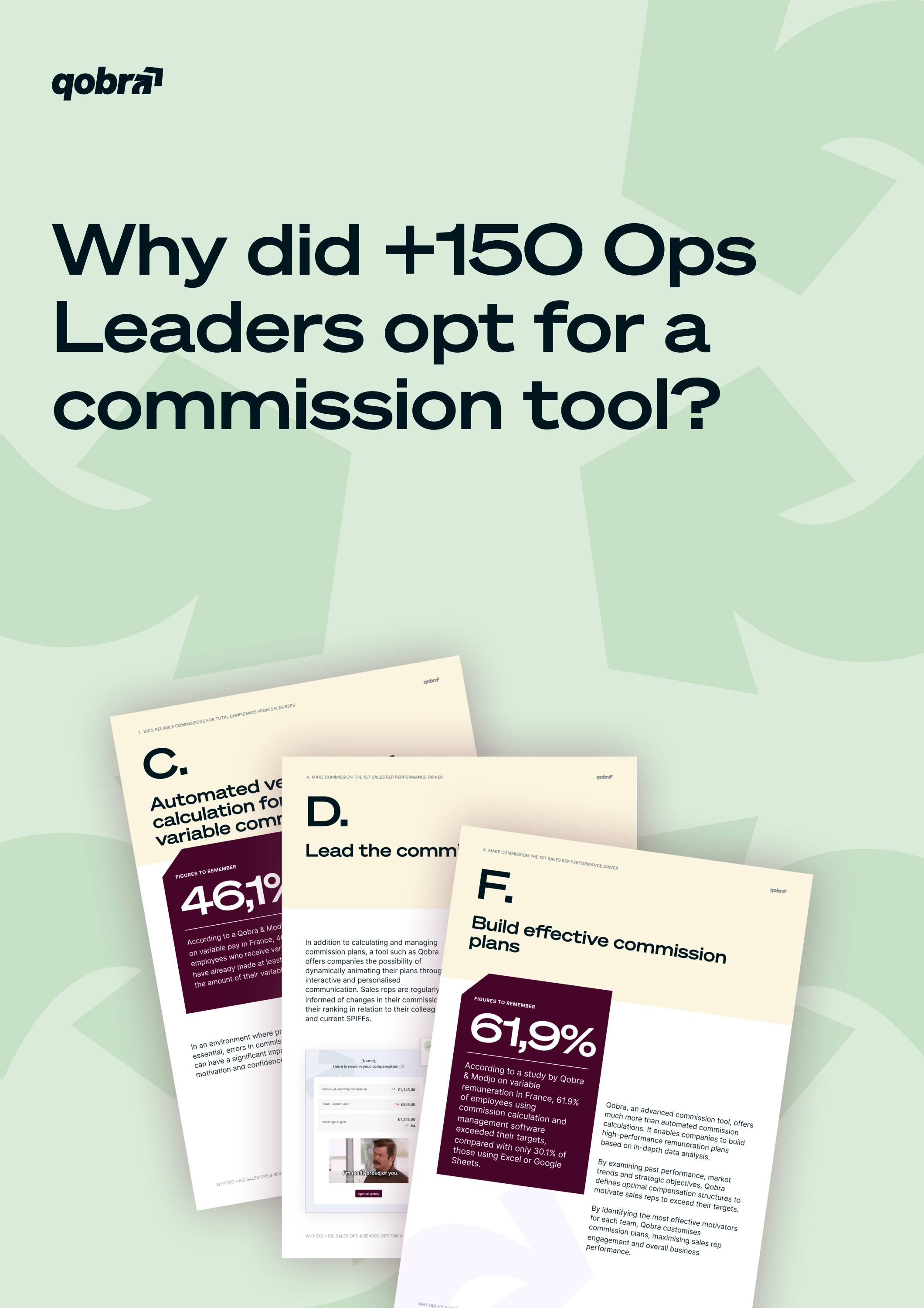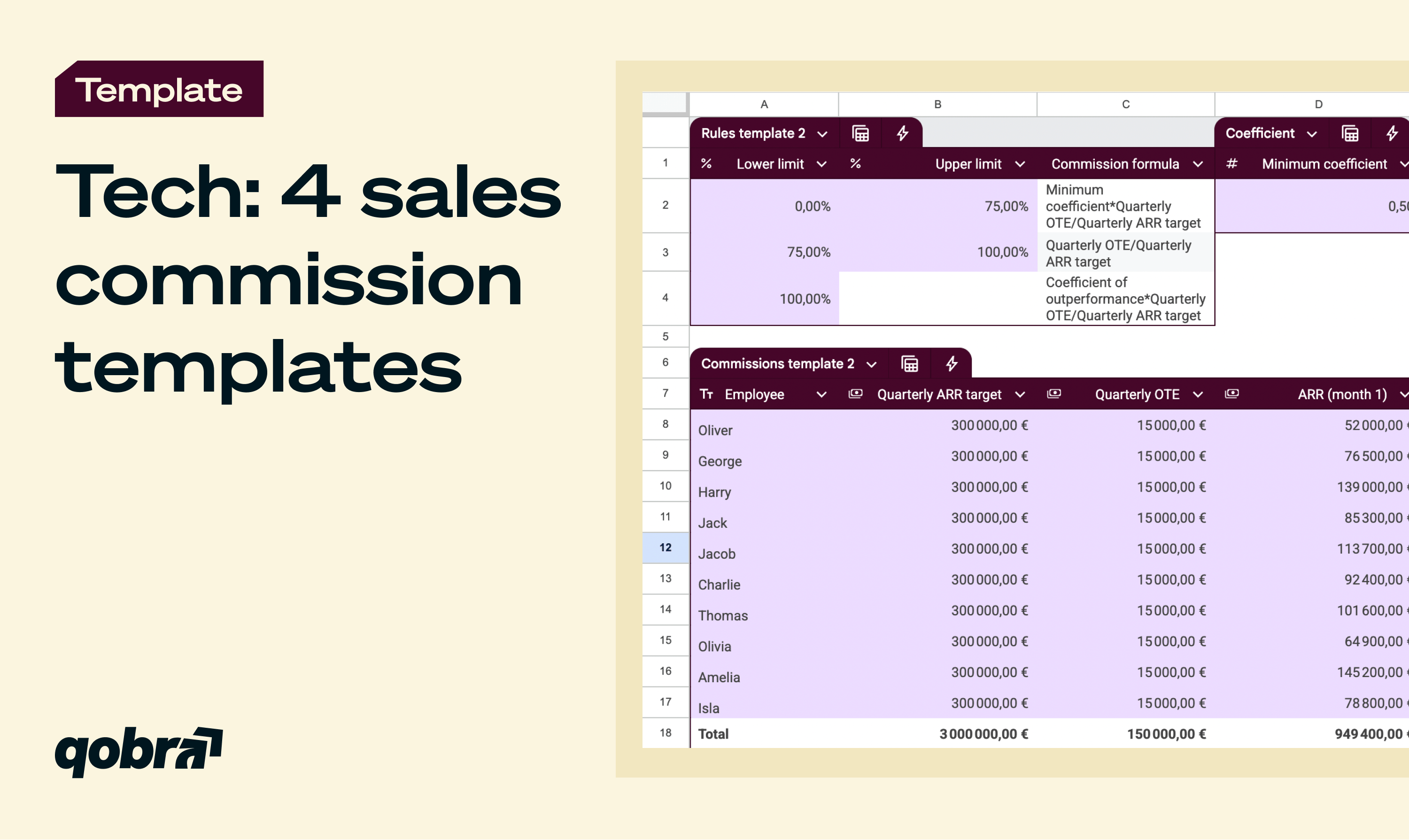Ready to see Qobra in action? Discover and try our platform now for free
Product TourSandbagging (in Sales)
What is sandbagging in sales?
Sandbagging in sales refers to the practice where a salesperson intentionally postpones closing deals or underperforms during the earlier part of a sales cycle. The strategy is to accumulate sales credit or close multiple deals all at once near the end of a reporting period, such as a month or a quarter. This tactic is used primarily to exceed sales quotas or to maximize bonuses tied to sales performance.
Unlike simply pacing sales efforts, sandbagging involves a deliberate decision to “hold back” deals even when closing them is possible earlier. The term evokes the image of holding sandbags, weighing down progress temporarily before releasing them all at once.
Why are the sellers sandbagging?
Several reasons motivate sandbagging behavior:
- Quota Management: Salespeople may want to ensure they surpass sales targets rather than just meet them. Delaying deals creates a dramatic performance boost near period-end.
- Maximizing Incentives: Bonuses, commissions, or recognitions tied to achievement can be optimized by timing deal closures strategically.
- Forecast Cushioning: By keeping strong deals off the current forecast, a salesperson may manage expectations or build a safety net for the upcoming period.
- Psychological Advantage: Demonstrating a big sales push at the period’s close can influence manager perceptions positively.
While these motivations benefit the individual seller, they can create challenges for sales management and business planning.
Pros and cons of sandbagging
Pros:
- Helps salespeople exceed quotas
- Can maximize earnings and bonuses
- Creates dramatic period-end results
- Offers salespeople control over performance timing
Cons:
- Distorts true sales cycle reality
- Hampers accurate forecasting
- May strain customer relationships
- Risks damage to trust with management
Ultimately, while sandbagging can boost short-term incentives, it may harm long-term relationships and reduce forecast reliability, which is critical for business operations.
How to detect sandbagging behavior ?
Managers and sales leaders can identify potential sandbagging through:
- Sales Patterns: Sharp spike in deals closing near the period-end after a slow start.
- Forecast vs. Actual: Repeated large variances between forecasted and actual sales results.
- Customer Feedback: Deals delayed without clear reasons or unexplained hold-ups in the sales cycle stages.
- Sales Activity Monitoring: Low contact or activity with prospects when deals could close earlier.
Spotting sandbagging allows management to address it proactively and maintain visibility on true sales pipeline health.
Managing and preventing sandbagging
Organizations can reduce the risks of sandbagging by adopting these strategies:
- Quota Design: Implement rolling or multi-period quotas to reduce incentive to hold back sales.
- Incentive Alignment: Reward consistent performance throughout the cycle, not just period-end results.
- Transparent Forecasting: Use data analytics and pipeline reviews to catch unusual deal timing patterns.
- Sales Culture: Promote trust and long-term customer relationships over short-term wins.
- Communication: Encourage open dialogue about scheduling deals and pipeline health to discourage sandbagging.
Understanding sandbagging—its motivations, signs, and effects—enables sales leaders to design better incentive plans, improve monitoring, and cultivate a healthy sales culture. Ultimately, balancing motivation and transparency is key to mitigating sandbagging’s downsides while harnessing sales potential effectively.






